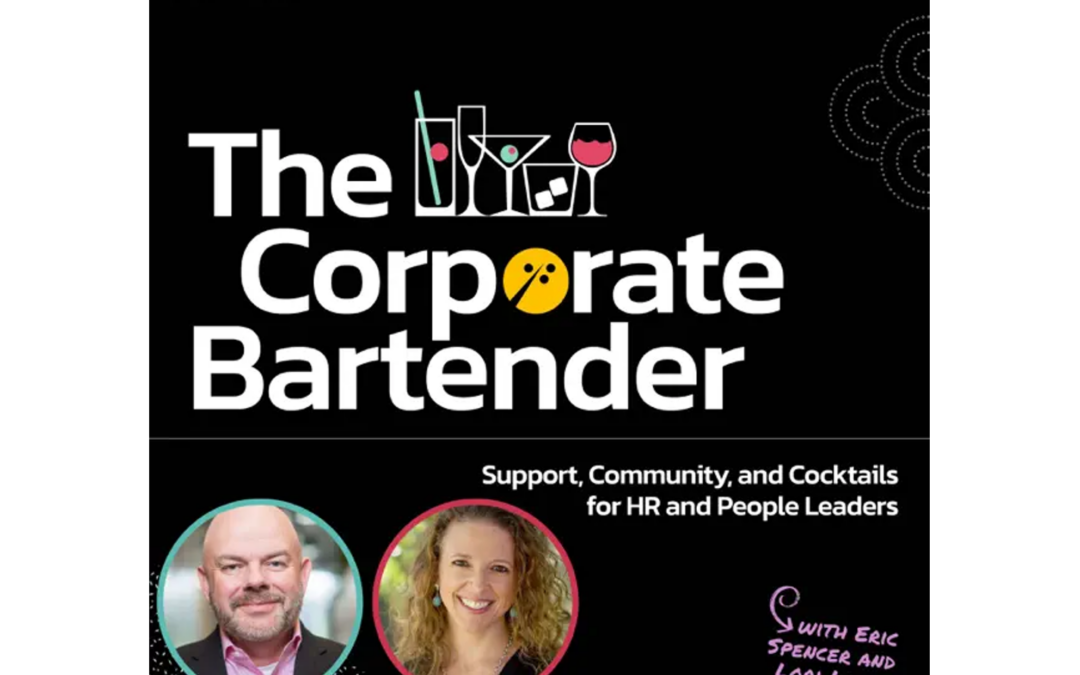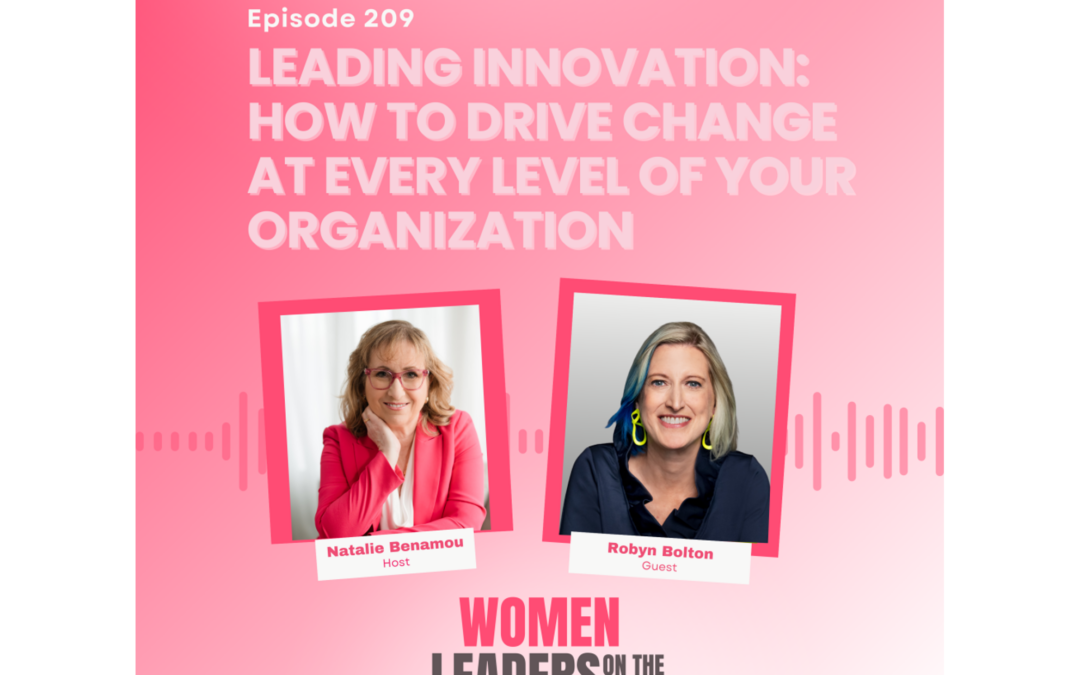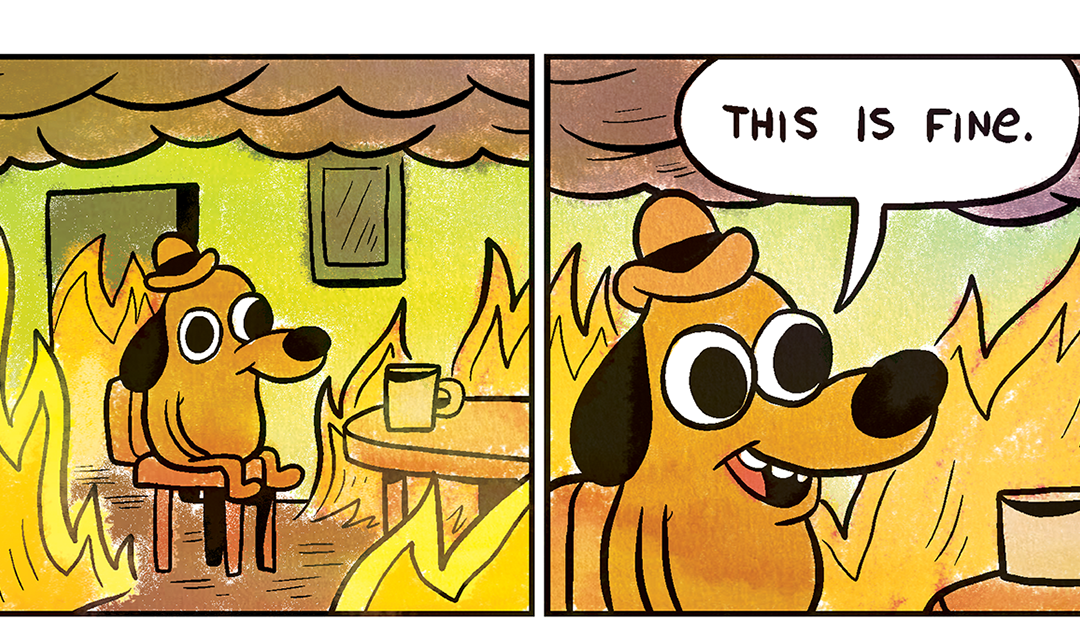


Leading Innovation: How to Drive Change at Every Level

I Thought I Knew Strategy Development – Then ChatGPT Blew My Mind
It’s easy to get complacent about your strategy skills. After all, our yearly “strategic planning” processes result in quarterly “strategic priorities” that require daily “strategic decisions.” So, it’s reasonable to assume that we know what we’re doing when it comes to strategy development.
I’ll admit I did. After all, I’ve written strategic plans for major brands, developed strategies for billion-dollar businesses, and teach strategy in a Masters program.
I thought I knew what I was doing.
Then ChatGPT proved me wrong.
How it Began
My student’s Midterm assignment for this semester is to develop, recommend, and support a strategy for the companies they’ve studied for the past seven weeks. Each week, we apply a different framework – Strategy Kernel, SWOT, Business Model Canvas, Porter’s 5 Forces, PESTLE, Value Chain – to a case study. Then, for homework, they apply the framework to the company they are analyzing.
Now, it’s time to roll up all that analysis and turn it into strategic insights and a recommended strategy.
Naturally, they asked me for examples.
I don’t have a whole lot of examples, and I have precisely none that I can share with them.
I quickly fed The LEGO Group’s Annual Report, Sustainability Report, and Modern Slavery and Transparency Statements into ChatGPT and went to work.
Two hours later, I had everything needed to make a solid case that LEGO needs to change its strategy due to risks with consumers, partners, and retailers. Not only that, the strategy was concise and memorable, with only 34 carefully chosen words waiting to be brought to life through the execution of seven initiatives.
Two hours after that, all of my genius strategic analysis had been poured into a beautifully designed and perfectly LEGO-branded presentation that, in a mere six slides, laid out the entire case for change (which was, of course, supported by a 10-page appendix).
The Moment
As I gazed lovingly at my work, I felt pretty proud of myself. I even toyed with the idea of dropping a copy off at LEGO’s Back Bay headquarters in case they needed some help.
I chuckled at my little daydream, knowing no one would look at it because no one asked for it, and no implementers were involved in creating it.
That’s when it hit me.
All the reasons my daydream would never become a reality also applied to every strategy effort I’ve ever been part of.
- No one looks at your strategy because it’s just a box to check to get next year’s budget.
- No one asks for it because they’re already working hard to maintain the status quo. They don’t have the time or energy to imagine a better future when they’re just trying to get through today.
- No one responsible for implementing it was involved in creating it because strategy is created at high levels of the organization or outsourced to consultants.
What the strategy is doesn’t matter.*
What matters is how the strategy was created.
Conversation is the only way to create a successful, actionable, and impactful strategy.
Conversation with the people responsible for implementing it, they people on the ground and the front lines, the people dealing with the ripple effects of all those “strategic” decisions.
How It’s Going
Today, I’m challenging myself—and you—to make strategy a dialogue, not a monologue. To value participation over presentation. Because strategy without conversation isn’t strategy at all—it’s just a beautiful document waiting to be forgotten.
Who are you inviting into your next strategy conversation that isn’t usually there but should be? Share in the comments below.

Risk Management in Uncertain Times: How Innovation Tools Help You Stay Safe
Risk management is critical in uncertain times. But traditional approaches don’t always help when volatility, ambiguity, and complexity are off the charts.
What many leaders overlook in their rush to safety is that many of the most effective tools for managing risk come from an unexpected place: innovation.
The Counterintuitive Truth About Risk Management
Risk Management’s purpose isn’t to eliminate risks. It’s to proactively identify, plan for, and minimize risk. Innovation is inherently uncertain, so its tools are purpose-built to proactively identify, plan for, and minimize risk. They also help you gain clarity and act decisively—even in the most chaotic environments.
Here are just three of the many tools that successful companies use to find clarity in chaos.
Find the Root Cause
When performance dips, most leaders jump to fix symptoms. True risk management means digging deeper. Root cause analysis—particularly the “5 Whys”—helps uncover what’s really going on.
Toyota made this famous. In one case, a machine stopped working. The first “why” pointed to a blown fuse. The fifth “why” revealed a lack of maintenance systems. Solving that root issue prevented future breakdowns.
IBM reportedly used a similar approach to reduce customer churn. Pricing and product quality weren’t the problem—friction during onboarding was. After redesigning that experience, retention rose by 20%.
Focus on What You Can Actually Control
Trying to manage everything is a recipe for burnout. Better risk management starts by separating what you can control, what you can influence, and what you can only monitor. Then, allocate resources accordingly.
After 9/11, most airlines focused on uncontrollable external threats. Southwest Airlines doubled down on what they could control: operational efficiency, customer loyalty, and employee morale. They avoided layoffs and emerged stronger.
Unilever used a similar approach during the global supply chain crisis. Instead of obsessing over global shipping delays, they diversified suppliers and localized sourcing—reducing risk without driving up costs.
Attack Your “Deal Killer” Assumptions
Every plan is based on assumptions. Great risk management means identifying the ones that could sink your strategy—and testing them before you invest too much time or money.
Dropbox did this early on. Instead of building a full product, they made a simple video to test whether people wanted file-syncing software. They validated demand, secured funding, and avoided wasted development.
GE applied this logic in its FastWorks program. One product team tested their idea with a quick prototype. Customer feedback revealed a completely different need—saving the company millions in misdirected R&D.
Risk Management Needs Innovation’s Tools for a VUCA World
The best risk managers don’t just react to uncertainty—they prepare for it. These tools aren’t just for innovation—they’re practical, proven ways to reduce risk, respond faster, and make smarter decisions when the future feels murky.
What tools or strategies have helped you manage risk during uncertain times? I’d love to hear in the comments.
